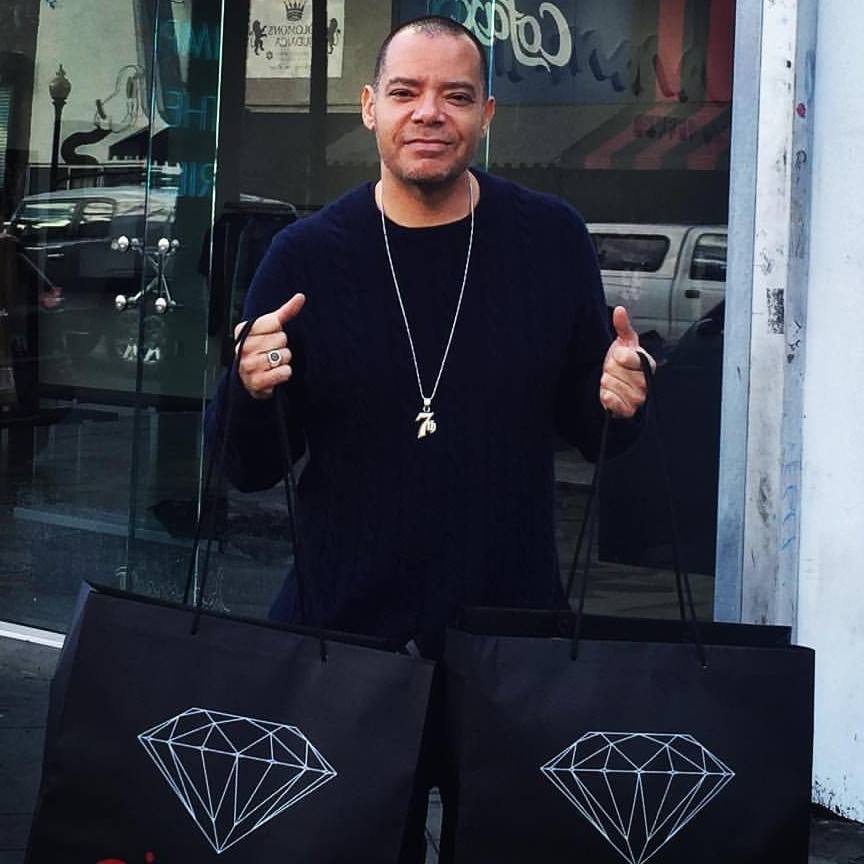Tonight (February 13, 2025)t Louisville Visual Art unveils the SPARK Sculpture and its designers, Laura Haddad & Tom Drugan joined us to talk about it live in the studio. Tune in to WXOX 97.1 FM/Artxfm.com each Thursday at 10 am to hear Artists Talk with LVA.
Laura Haddad & Thomas Drugan specialize in conceptually driven public art that is often integrated into large-scale infrastructure projects. Past and current work includes art for roadways, bridges, transit stations, public utilities, architectural facades, industrial artifacts, museums, libraries, and urban plazas and parks. Working in the public realm, the artists pursue their interest in using site conditions as inspiration for art concepts. Haddad|Drugan strives to create poetic one-of-a-kind artworks that on one level act as place-making icons but on another are layered with subtler complexities that unfold over multiple viewings.
The studio’s site-specific approach to new projects includes research and investigations about a site’s physical, functional, natural, social, and historical aspects.
From this the artists establish a conceptual framework for the art and develop specific forms and materials that best express the idea. Haddad|Drugan operates at the scale of both sculpture and planning and approach the thematic or sequential linking of individual artworks as a form of conceptual art unto itself.














